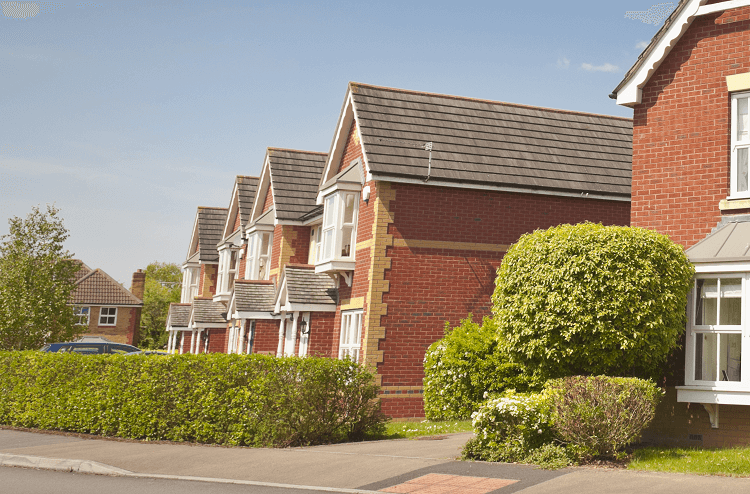
In this week’s article I will be taking a more in depth look at buildings insurance, if you want to find out more about Home insurance, Landlords or contents insurance just refer back to one of our previous articles here:
- Home Insurance
- Landlords Insurance
- Contents Insurance
What Is Buildings Insurance?
Buildings Insurance indemnifies the structure of the home in general, including fixtures and fittings and all non-removable items. Typically the insurance will cover yards, driveways, central heating, fitted bathrooms and kitchens, laminate flooring and more. The buildings cover will indemnify you from damage caused by extreme weather conditions, and if selected, accidental damage such as crashing a vehicle through the wall of the garage, and ending up in the kitchen.
Even though there is no law written that you require Buildings Insurance, your mortgage lender will often require you to have a minimum level of Buildings Insurance in order to get a mortgage. It is also a good investment to have if you own your home or are a landlord, as it protects your property and financial interests.

What does buildings insurance cover?
A standard home insurance policy will cover you for the following:
- Fire, flood, and storm damage: if your property is damaged by a fire, flood or storm.
- Subsidence or heave: subsidence is when your property foundations slowly sink into the ground, whereas heave is when the land around your property rises and cause structural issues.
- Pipes: Water damage, frozen pipes, burst pipes etc.
- Outbuildings: if an outbuilding such as shed/garage needs repairing after an incident such as fire or storm
Insured Valued
It is important to insure your building for its full rebuild cost from the foundations up. In the event of a claim in which your home is destroyed, it is good to note that the rebuild cost is often lower than the market value of your home.
It’s important to not over/under-estimate how much your home should be insured for. You wish to avoid paying too high a premium; however, it could be terrible if you needed to put in a claim and then found out you had insufficient coverage to protect your assets.
Homes built from different materials or with restrictions on them, such as listed buildings, could potentially cost much more to repair. They often require traditional – (old-fashioned and expensive) – methods and skills.
Reducing Building Cost
- Fireproof your home
- Insulate your water pipes
- Protect yourself from flooding
- Remove any surrounding tall trees
- Limit the time your home is unoccupied
I hope this has cleared up many questions you may have had regarding Buildings Insurance.
If you do have any more questions, please feel free to leave a comment with your question below. You can also click our “Get A Quote” for a competitive landlords insurance quote via the button below:
I hope you have enjoyed this mini article series about Home, Landlords, Contents and Buildings Insurance. If you would like us to clarify anything about other insurance types, please leave a comment below and we will make every effort to provide this for you.

